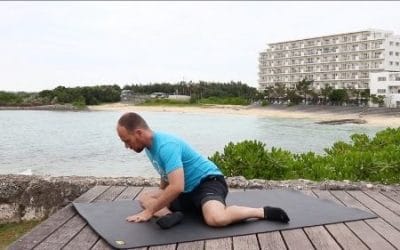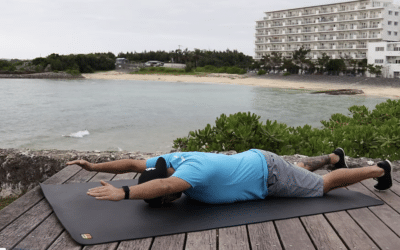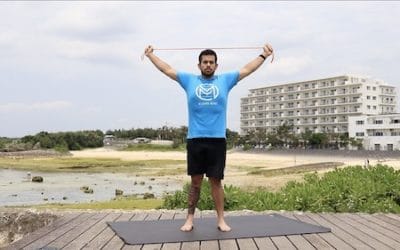Reverse Nordic Curl
Reverse Nordic Curl
The reverse Nordic curl is a challenging bodyweight exercise that targets the quadriceps, hip flexors, and core, enhancing strength and mobility in the lower body. By kneeling and leaning backward while maintaining a straight line from the shoulders to the knees, this movement deeply engages the quadriceps as you control the descent and return to the starting position. The reverse Nordic curl is particularly beneficial for athletes and fitness enthusiasts aiming to improve knee health, increase quad strength, and build functional movement patterns.
As an eccentric exercise, it emphasizes controlled movement to reduce injury risk, particularly to the knees, while promoting better balance between the quads and hamstrings. This movement is essential for sports like running, cycling, and weightlifting, which require strong and flexible quadriceps for optimal performance.
The reverse Nordic curl can be adjusted for different fitness levels by varying the angle of lean and adjusting support, making it accessible to beginners and advanced athletes alike. Adding this exercise to your training routine will improve quad strength, enhance hip mobility, and support knee health, making it an invaluable addition to your lower body workout regimen.
Equipment Needed
Open floor or yoga mat
Instructions:
- Start in a tall kneeling position with knees placed together on the ground
- Point your toes so that you are not on the ball of your foot
- Contract your glutes and core so that your torso is rigid
- Lean back slowly, bending at the knees only until you cannot go any further
- Return to the top either by extending your knees or by putting your hands down for support and repositioning yourself
- Repeat for the prescribed amount of repetitions
Common Error
- Make sure to keep your hips and spine straight through the entire movement
- If you find that you cannot go very far down try the regression below
Progressions / Regressions:
If this is too challenging:
- Use a resistance band attached high on a door or rack to assist you by reducing some of the weight in the descent
If you want more of a challenge:
- Extend your arms overhead before you descend
- Hold a light to moderate weight against your chest
Related Exercises
90/90 Hip Stretch
90/90 Hip Stretch90/90 hip Stretch The 90/90 hip stretch is a powerful exercise designed to improve hip mobility, flexibility, and overall lower body function. This stretch targets the hip internal and external rotators, and the glutes, making it ideal for athletes...
Prone Angel
Prone AngelProne Angel The prone angel is a powerful exercise designed to improve upper back strength, shoulder stability, and overall posture. Performed while lying face down, this movement mimics the motion of making snow angels. It specifically targets the scapular...
Band Pass Through
Band Pass ThroughBand pass through The band pass through, also known as the band shoulder pass through, is an effective exercise designed to improve shoulder mobility, flexibility, and stability. This exercise involves using a resistance band to perform a controlled,...



